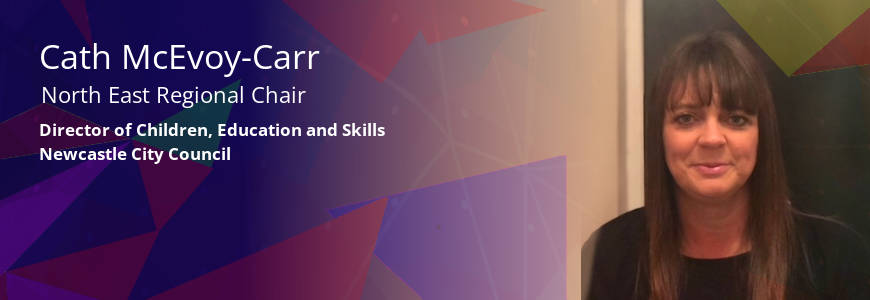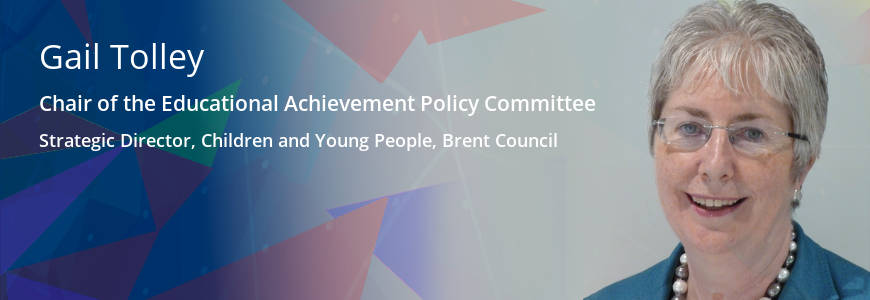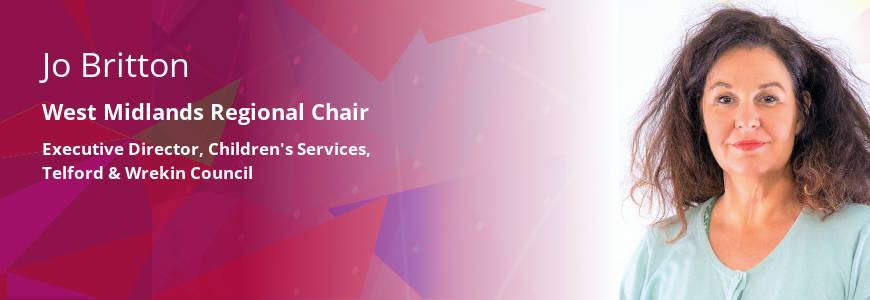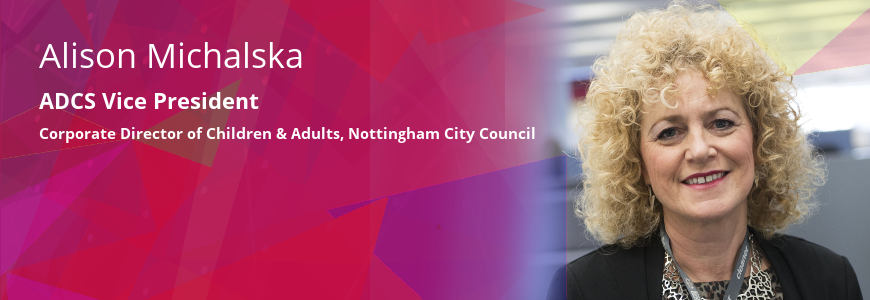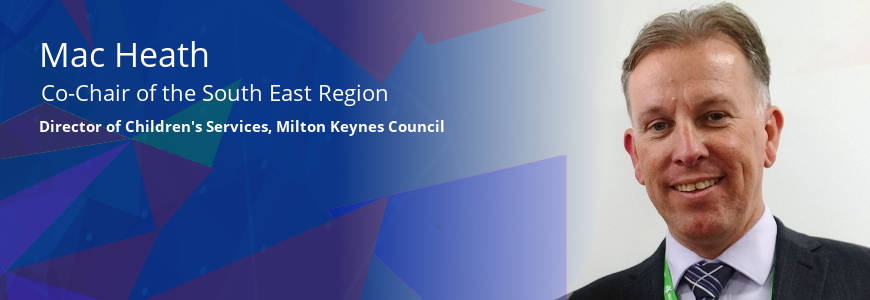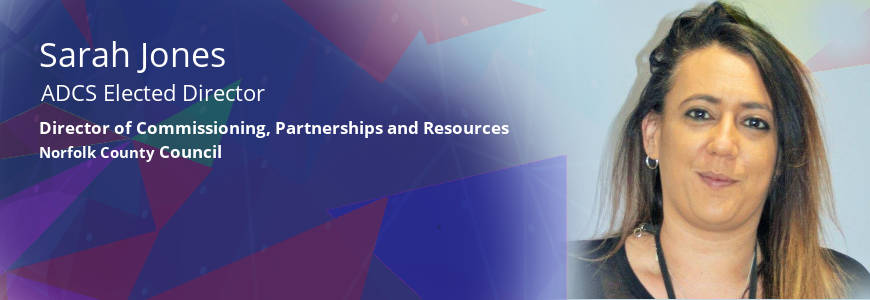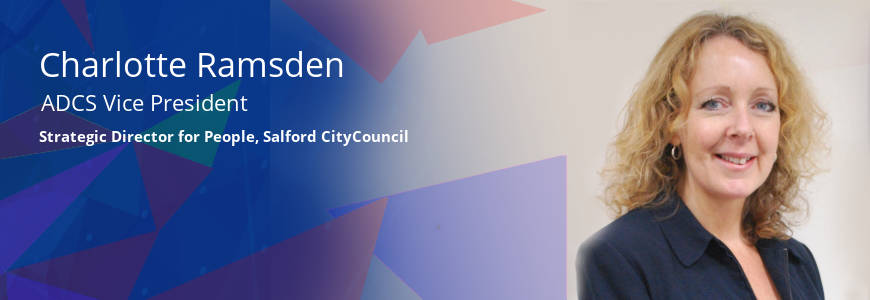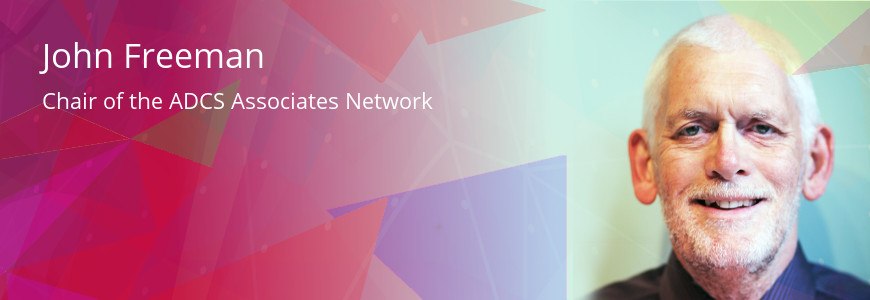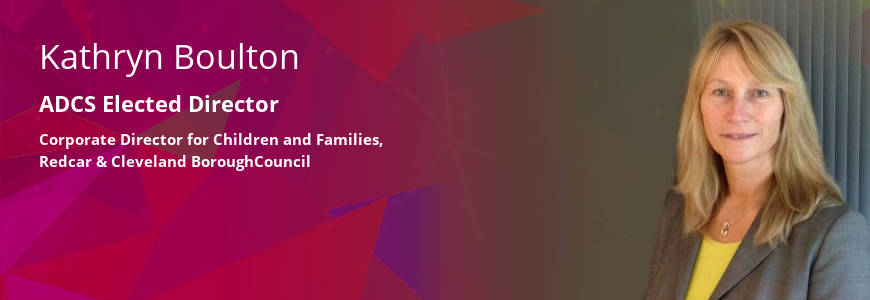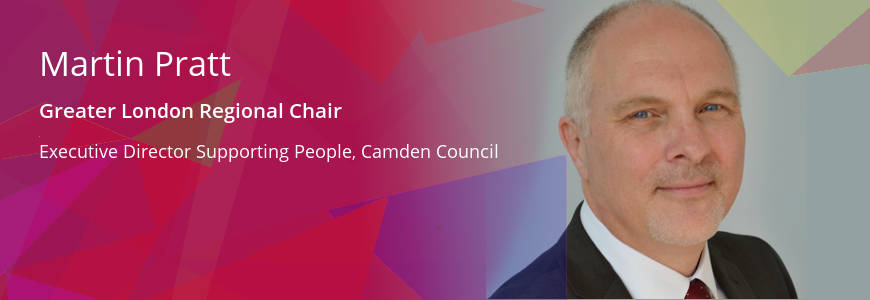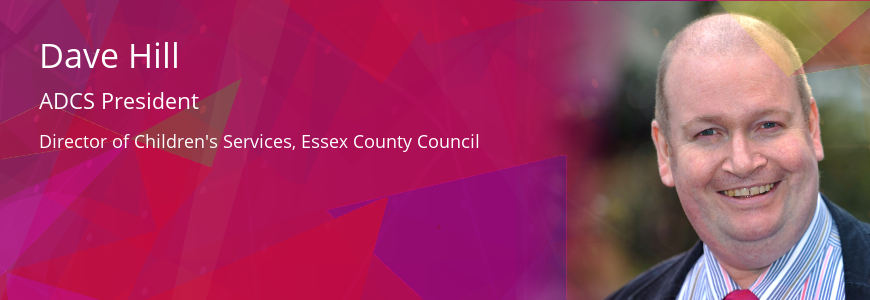Diversity matters

Directors of children’s services (DCSs) are all kinds of different characters, but if you’re at all like me, one of the things you’ll cherish is the opportunity to spend time among children, young people and the wider communities in the area you serve. And one of the things you’ll enjoy about that is the diversity of the people you spend time with.
People differ from each other in a variety of ways, but for the purposes of this blog, I’m thinking particularly of racial and ethnic diversity. As a nation, our increasing diversity is a generational thing as today’s generation of children at school are far more diverse than previous generations. In my borough of Merton, 37% of the population are from a Black, Asian and Minority Ethnic (BAME) background; by contrast in our schools that’s 68% (which is nevertheless lower than the London average). That varies widely across the country, of course (the figure is about 30% across England, I think), but everywhere it’s changing.
Increasing diversity is a good thing, bringing with it a richer life experience, diminishing discrimination, opening up new perspectives for all of us, increasing our understanding of the world and helping us to generate new ideas. But do our children and young people see themselves reflected in the professionals who impact so profoundly on their lives?
Quite often the staff in the ‘people’ services in a council are more diverse in background than those in other departments, and may be as diverse (or more diverse) than their local community, but it’s fair to say that as we move up the organisational hierarchies the picture changes. In June this year we dedicated an hour at the ADCS Workforce Development Policy Committee to diversity in our workforce and in children’s services leadership. We heard from Meera Spillett about our Leadership Imbalance (Black and Asian leaders missing in action) and considered The Staff College’s Cultural Competence toolkit for promoting leadership and organisational change, issued in the ADCS Bulletin in February of this year. In the discussion we had to confront the uncomfortable truth that our organisations and our own unconscious biases can create obstacles to BAME advancement. A month later this was somewhat evident as DCS and AD colleagues met in Manchester for the ADCS Annual Conference. It was a great event, no question, but if you looked around the room with an eye to diversity, you would certainly have noticed that we’re nowhere close to 30% BAME representation.
Representation matters because: “you can’t be what you can’t see”. We are more likely to aspire to progress to roles where we can see that people like us have already succeeded, so in August I wrote to ADCS regional chairs to promote the idea of taking a closer look at cultural competence and what it means for our workforce and our leadership.
More recently, Ian Thomas (formerly DCS at Rotherham, now Chief Executive at Lewisham) writing in the Municipal Journal made two practical and readily implementable suggestions to increase BAME leadership in local government: increase the diversity of appointment panels and offer mentoring for aspiring BAME leaders.
I’d like to encourage my DCS and AD colleagues to consider putting these suggestions into practice.
Linked to this, The Staff College is seeking to better understand the longer term outcomes for participants in previous cohorts of the Black and Asian Leadership Initiative (BALI) programme and to further strengthen it as a result of this learning. There’s an event for BALI alumni on 11 October, which I hope will be well attended. I’d like to think that the steps we are taking will increase the racial and ethnic diversity of our workforce and our leaders over the coming years, so that all of our children and young people will see, and know, that they can be.
Related Blog Articles
I thought it would be timely to write about leadership given a number of live...
In Leadership
I find myself writing this blog at a strange time – two days before I am due...
In Leadership
In my final week of a 42 year very full-time (100% attendance) career, I am...
In Education
November can be an odd month. We are not yet at the end of the year but are...
In General
There’s a question we should all ask ourselves on a regular basis: why do we...
In General
I first became a DCS in 2005, which equates to the Paleolithic Age in DCS terms,...
In Leadership
A couple of weeks ago I welcomed LGA colleagues to support our development work...
In Inspection & Improvement
Well this is my first blog since being elected to the ADCS Board in November. I...
In General
The child’s journey must be at the heart of our system. As system leaders in...
In General
That’s Leicester isn’t it? A 5000-1 shot and they did it! I can’t help but...
In General
This is my last blog as a member of the ADCS Council of Reference, as I’m...
In General
Like many of you, I was fortunate to join some of the sessions at the online...
In Leadership
I’m not sure what the collective noun for DCSs is; an exhaustion, a wisdom, a...
In General
The Government recently responded to its consultation on the use of agency...
In Workforce
Earlier this week I attended a reunion with a group of much valued former...


